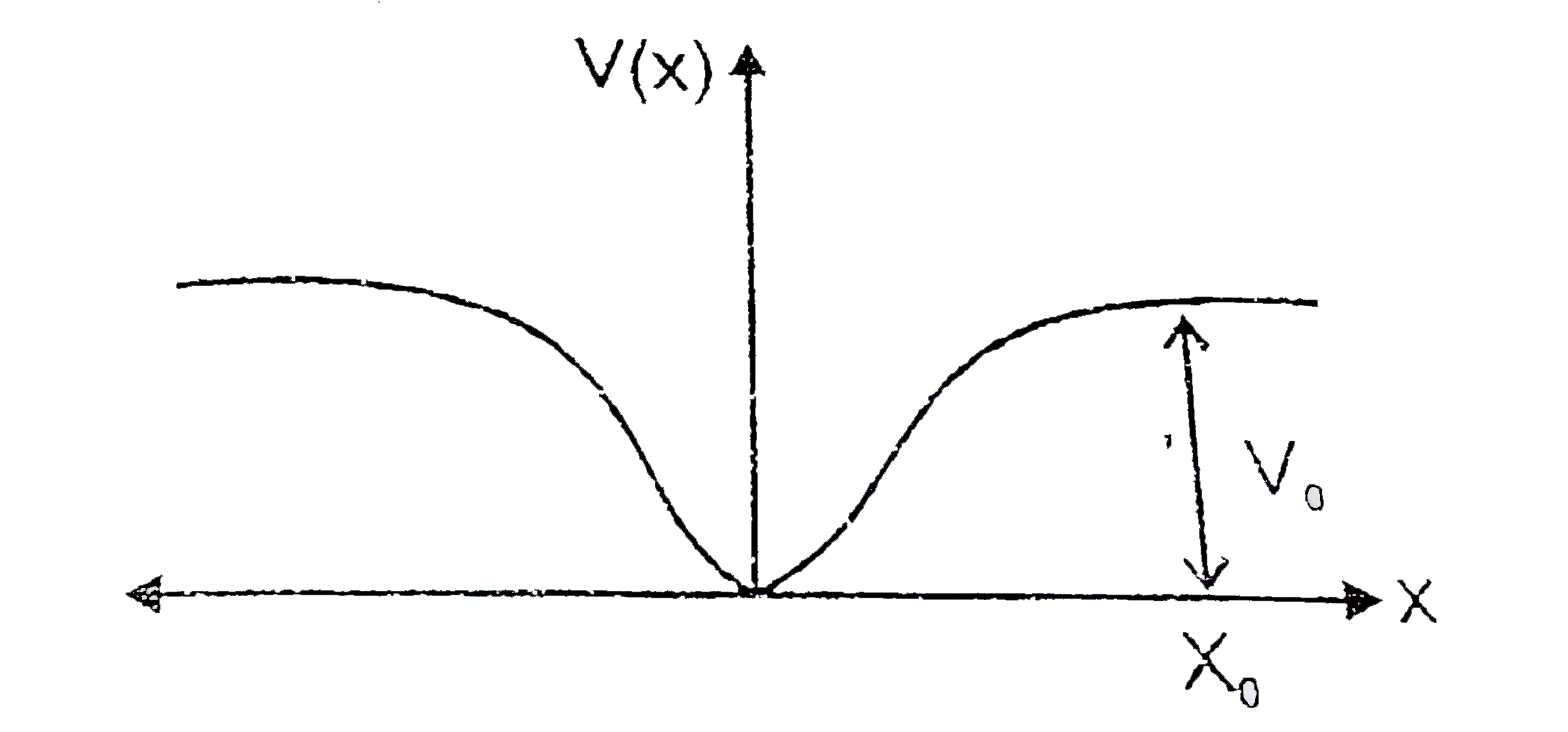A tube, closed at one end and containing air, produces, when excited, the fundamental note of frequency 512Hz. If the tube is open at both ands the fundamental frequency that can be excited is (in Hz)
1024
512
256
128
The correct Answer is:A
Step by step video, text & image solution for A tube, closed at one end and containing air, produces, when excited, the fundamental note of frequency 512 Hz. If the tube is open at both ands the fundamental frequency that can be excited is (in Hz) by Physics experts to help you in doubts & scoring excellent marks in Class 12 exams.
Updated on:21/07/2023Topper's Solved these Questions
- SOUND WAVESBook:MOTIONChapter:SOUND WAVESExercise:Exercise - 2
Explore 41 Videos
- SOUND WAVESBook:MOTIONChapter:SOUND WAVESExercise:Exercise - 3 (Section - A)
Explore 27 Videos
- SOUND WAVESBook:MOTIONChapter:SOUND WAVESExercise:Questions for practice
Explore 12 Videos
- SIMPLE HARONIC MOTION Book:MOTIONChapter:SIMPLE HARONIC MOTION Exercise:EXERCISE -4 (Leve-II) [ JEE 2011]
Explore 11 Videos
- SURFACE TENSIONBook:MOTIONChapter:SURFACE TENSIONExercise:Exercise - 3 | Section - B Previous Year Problems | AIEEE
Explore 12 Videos
Similar Questions
If the amplitudes of two sources, having equal frequency are not equal, then-
View SolutionWhich one of the following statements is true?
View SolutionA person can hear sound waves in the frequency range 20 Hz to 20 kHz. Find the minimum and the maximum wavelengths of sound that is audible to the person. The speed of sound is 360ms−1.
View SolutionWhen a particle is mass m moves on the x− axis in a potential of the from V(x)=kx2, it performs simple harmonic motion. The corresponding thime periond is proportional to √mk, as can be seen easily asing dimensional analysis. However, the motion of a pariticle can be periodic even when its potential enem increases on both sides x=0 in a way different from kx2 and its total energy is such that the particel does not escape to infinity. consider a particle of mass m moving onthe x−axis . Its potential energy is V(x)=ω(α>0) for |x| near the origin and becomes a constant equal to V0 for |x|≥X0 (see figure)

If the total energy of the particle is E, it will perform is periodic motion why if :
View SolutionA 20 cm long capillary tube is dipped in water. The water rises up to 8 cm. If the entire arrangement is put in a freely falling elevator, the length of water column in the capillary tube will be
View SolutionA tube, closed at one end and containing air, produces, when excited, the fundamental note of frequency 512Hz. If the tube is open at both ands the fundamental frequency that can be excited is (in Hz)
View SolutionThe fundamental frequency of an air column in a pipe closed at one end is 100 Hz. If the same pipe is open at both the ends, the frequencies produced in Hz are
View SolutionAn open pipe resonates to a fundamental frequency 300 Hz and closed pipe to a fundamental frequency 150Hz. If they are joined to form a longer closed tube, then the fundamental frequency of resonance will be
View SolutionA tube closed at one end produces a fundamnetal note of frequency 480 Hz. If the same tube is kept open at both the ends, the fundamental frequency that can be excited is
View Solutionएक नलिका जो एक सिरे पर बन्द है तथा जिसमें हवा भरी है , उत्तेजित अवस्था 512 में हर्ट्ज आवृत्ति का मूल स्वरक (Fundamental tone) उत्पन्न करती है। यदि नलिका दोनों और से खुली हो तो वह मूल आवृत्ति हो उत्तेजित होने पर उत्पन्न होगी , है ?
View SolutionA tube, open at only one end, is cut into two shorter (non equal) lengths. The piece that is open at both ends has a fundamental frequency of 425 Hz, while the piece open only at one end has a fundamental frequency of 675 Hz. What is the fundamental frequency of the original tube?
View SolutionThe fundamental frequency of an open organ pipe is 512 Hz. What will be its fundamental frequency if its one end is closed ?
View SolutionA cylindrical tube, is open at both the ends, it has fundamental frequency 200 Hz in air. Now half of length contains water. The fundamental frequency will now be
View SolutionA tube, closed at one end and containing air, produces, when excited, the fundamental note of frequency 512Hz. If the tube is open at both ands the fundamental frequency that can be excited is (in Hz)
View SolutionThe fundamental frequency of an air column in a pipe closed at one end is 100 Hz. If the same pipe is open at both the ends, the frequencies produced in Hz are
View SolutionA tube closed at one end containing air produces fundamental note of frequency 512 Hz. If the tube is opened at both the ends, the fundamental note will be:
View Solution
